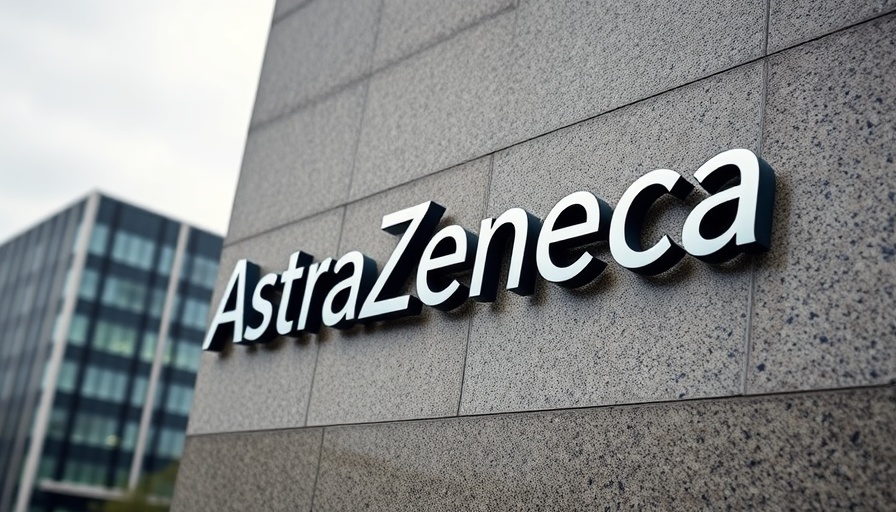
A Clinical Setback for AstraZeneca's Anselamimab
AstraZeneca's hope for a blockbuster drug, anselamimab, has taken a significant hit with its recent Phase 3 trial results in light chain amyloidosis, a rare but severe disease. The drug did not achieve statistical significance on its primary endpoints related to patient hospitalizations and survival rates. Considering the critical need for effective treatments in this area, the failure marks a considerable setback for AstraZeneca and raises questions about the future of rare disease therapies.
Context of Light Chain Amyloidosis Treatment Options
Light chain amyloidosis is characterized by the accumulation of abnormal proteins, causing serious organ damage, especially to the heart and kidneys. Currently, treatment options are limited, with traditional therapies involving chemotherapy and newer drugs like Darzalex Faspro gaining traction. Despite a more recent advancement like anselamimab aimed at addressing this condition, AstraZeneca's latest findings underscore the unpredictability in drug development—even for conditions with a dire need for innovation.
Hopes from Subgroup Analysis
AstraZeneca has pointed to encouraging responses in a pre-defined subgroup of participants, suggesting potential paths for further development. However, the reliance on subgroup analysis is a risky strategy; another company, Prothena, previously faced a similar fate when a subgroup success did not translate into a broader therapeutic benefit, ultimately leading to study failure.
The Impact on the Healthcare Landscape
This turn of events isn't merely about AstraZeneca; it reflects broader challenges in the pharmaceutical industry regarding drug approval pathways and market dynamics in rare diseases. For healthcare professionals and innovators in digital health, the implications are significant. The drive for effective and timely interventions continues, but the path is fraught with hurdles that require resilience and adaptability.
AstraZeneca’s decision to present the complete results to regulatory authorities and medical meetings is an essential step towards transparency in this developmental landscape. Stakeholders must remain vigilant as more data emerges, which can shape future treatment paradigms for conditions like light chain amyloidosis.
 Add Row
Add Row  Add
Add 




Write A Comment